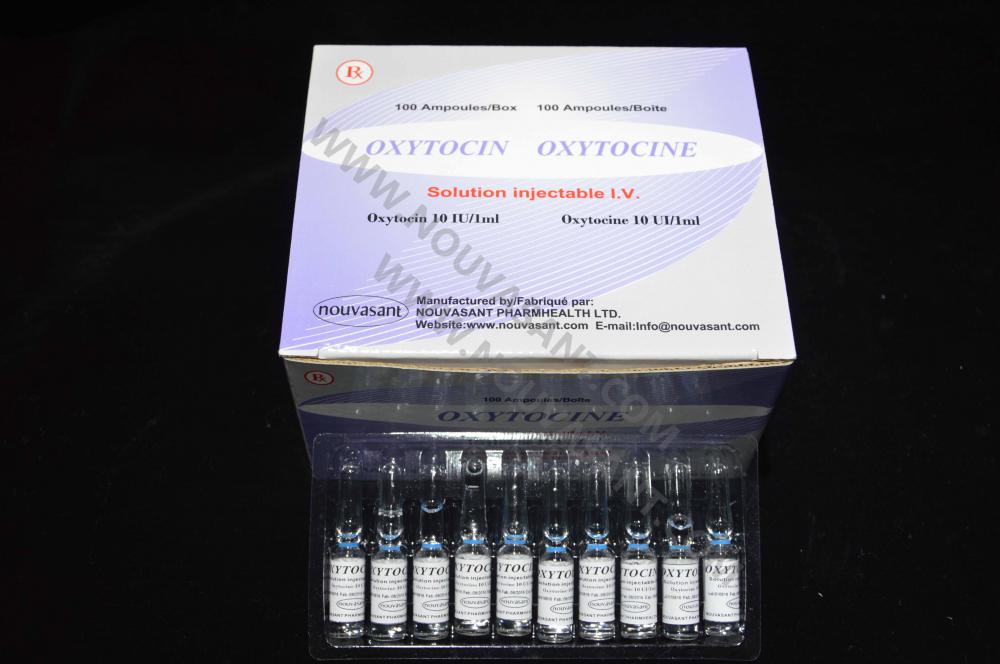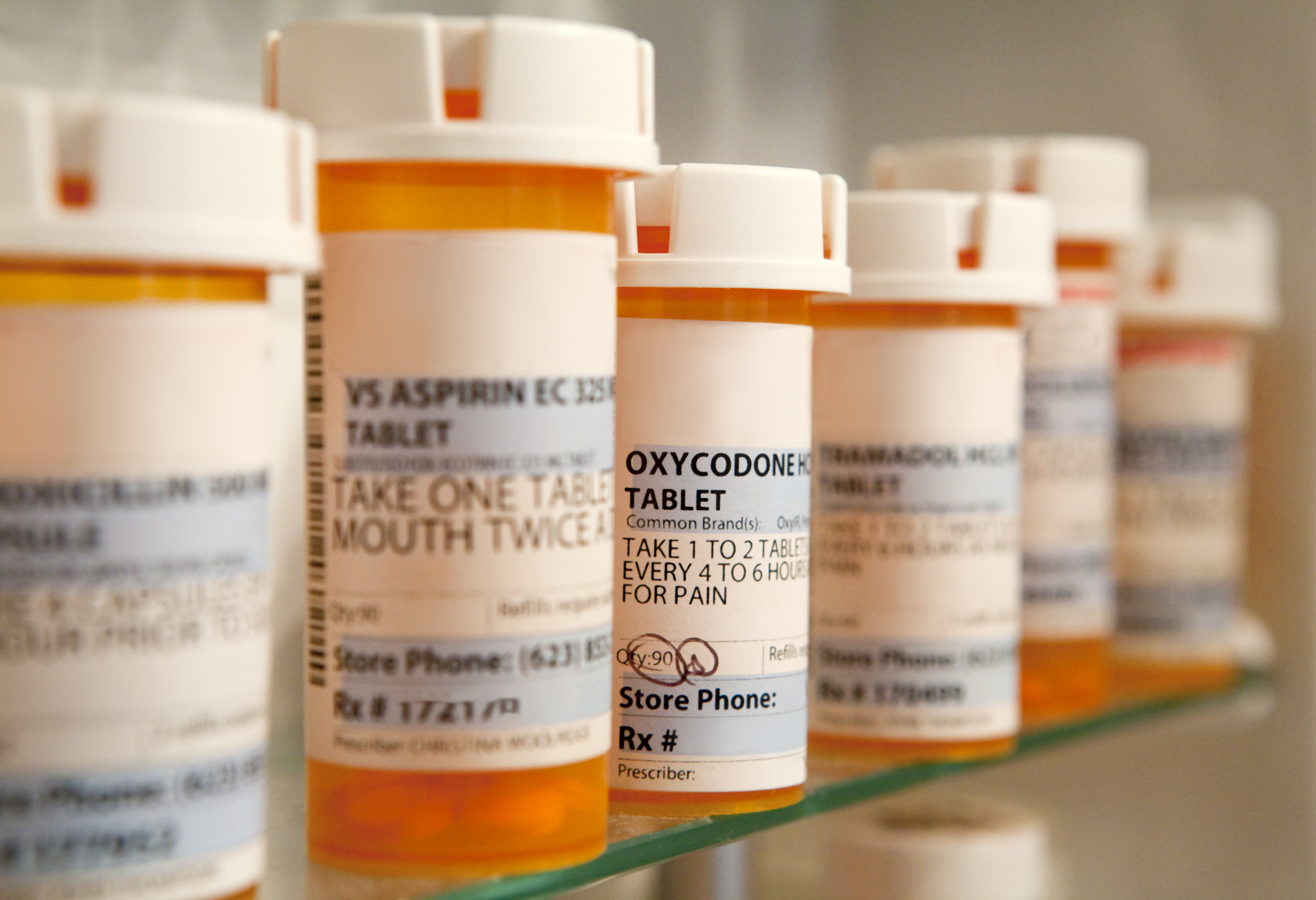

Oxytocin’s main purpose is modulating social behavior.

It also acts as a neurotransmitter, linking to specialized oxytocin receptor sites. It then is released into the blood via the pituitary gland and travels to other parts of the body, depending on what its purpose is at that moment. Oxytocin is formed in the part of the brain called the hypothalamus, a structure that maintains the balance of bodily functions. With that in mind, let’s take a deeper look at the role of oxytocin. Additionally, it’s crucial to note that oxytocin exists in people of all genders, not just men, and it is present in many types of human interactions besides a man’s relationship with his female partner. The human body and human experience are so deeply multifaceted and varying among individuals that it’s inaccurate to chalk it all up to one factor or one hormone for most things in life.

For example, the hormone melatonin is known for the role it plays in regulating sleep cycles. While this is by no means an extensive list, oxytocin - among other hormones - has an important function in pair bonding and many other aspects of social interaction. Sometimes nicknamed “the love hormone” or “the cuddle drug,” research indicates that oxytocin may play a role in: Many peer reviewed studies examine the role of oxytocin and its ability to enhance pair bonding in couples. Oxytocin is a naturally occurring hormone in the body.


 0 kommentar(er)
0 kommentar(er)
